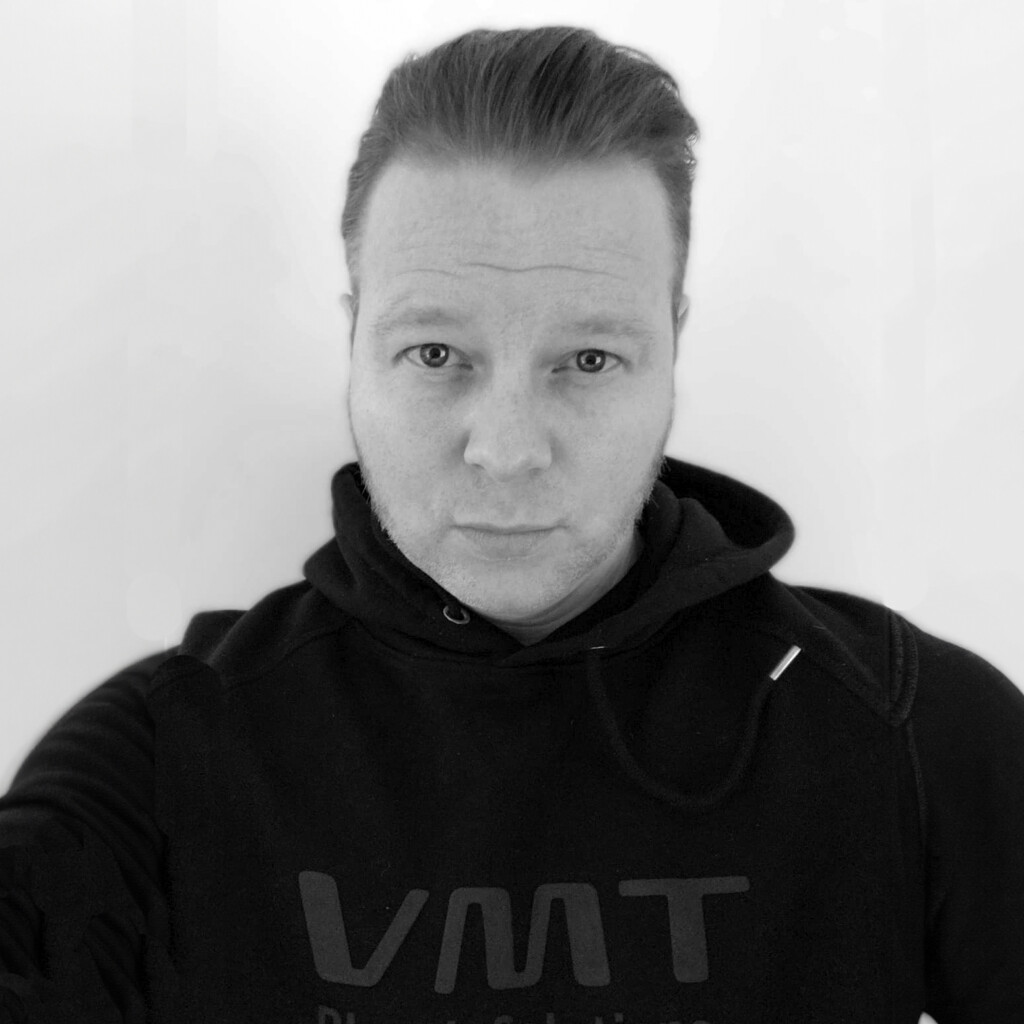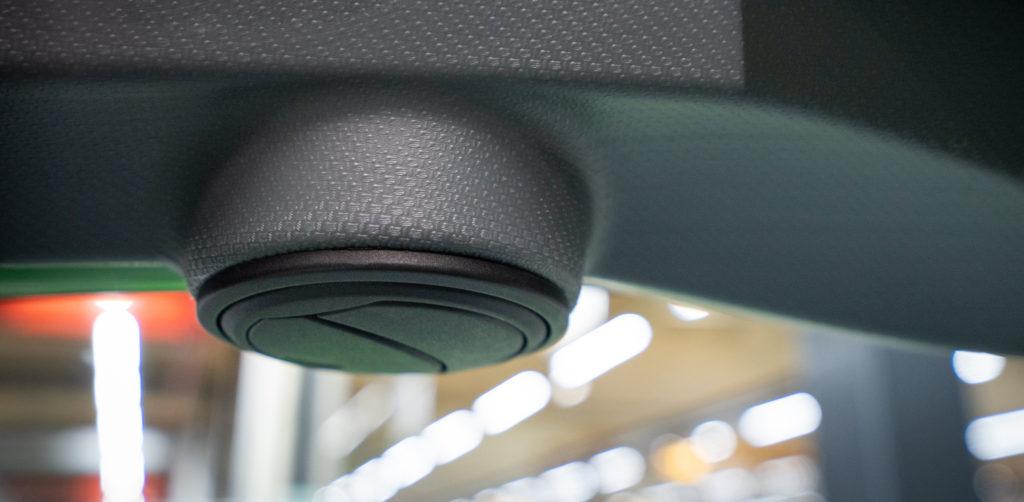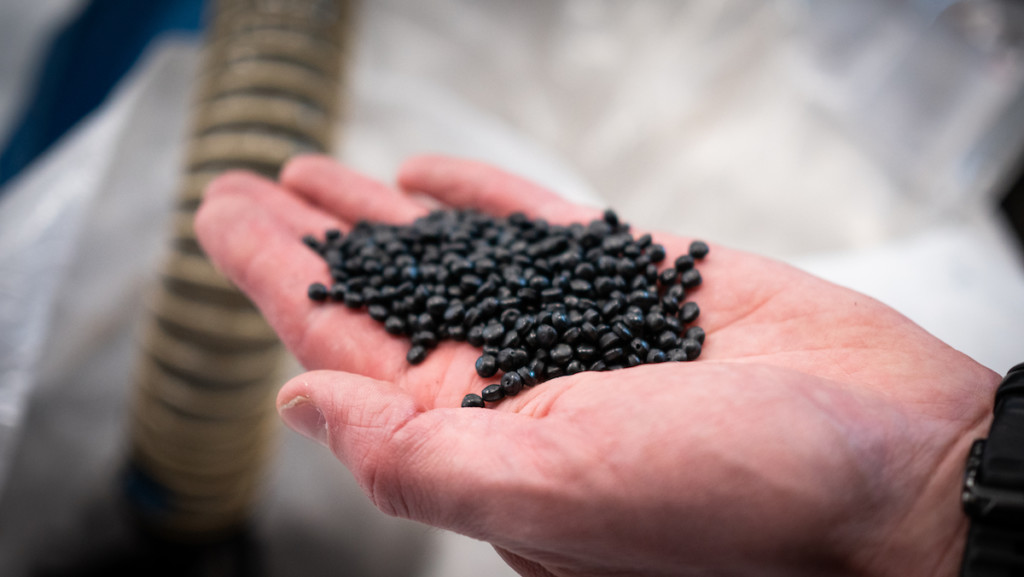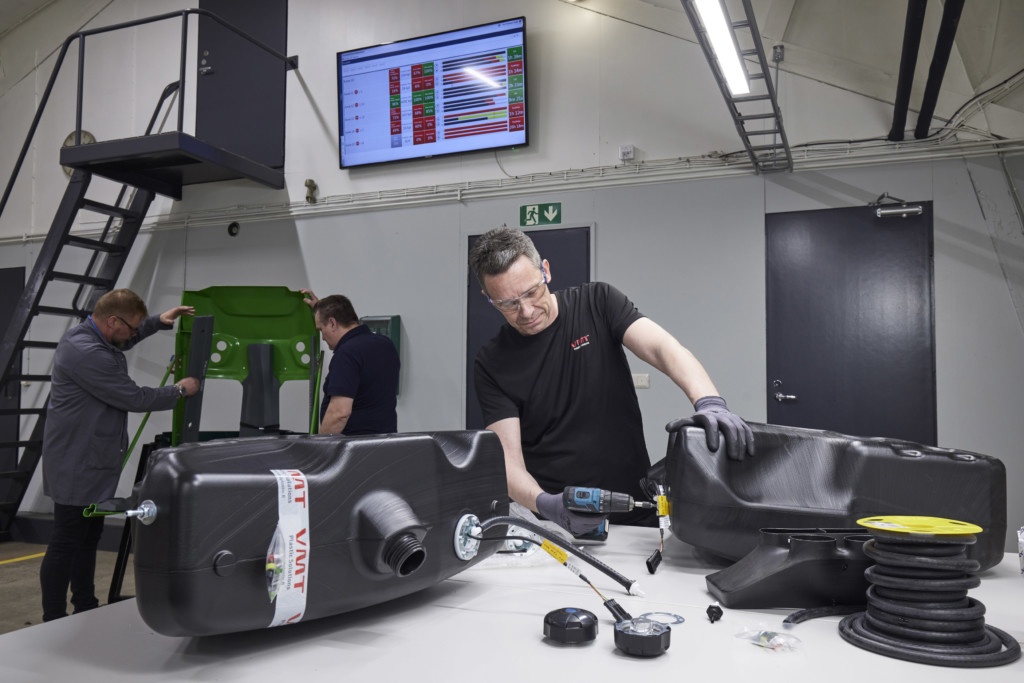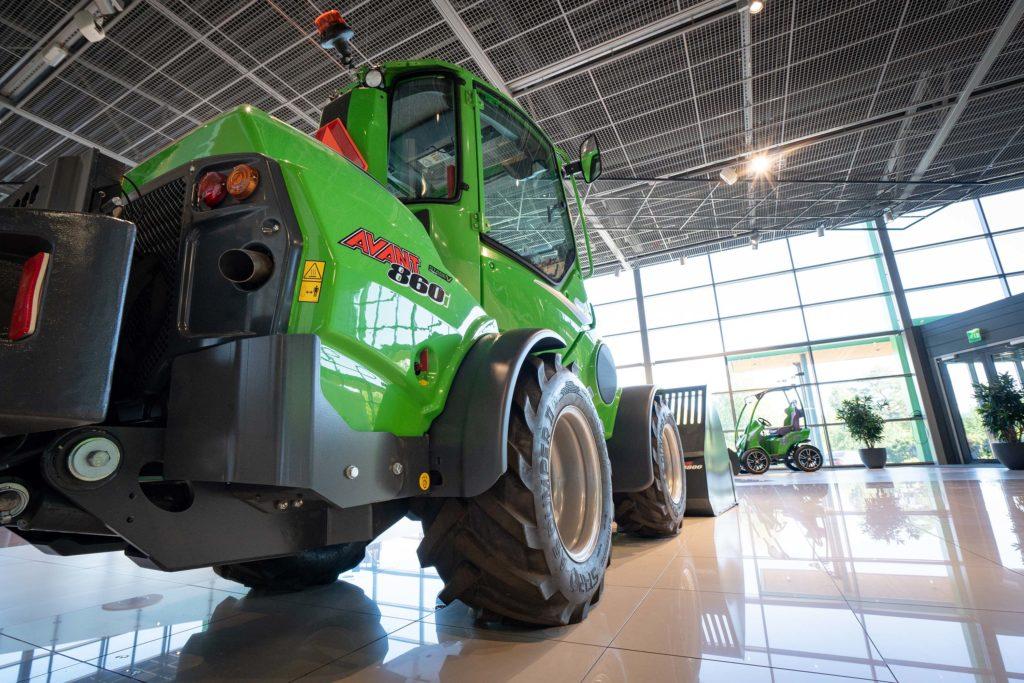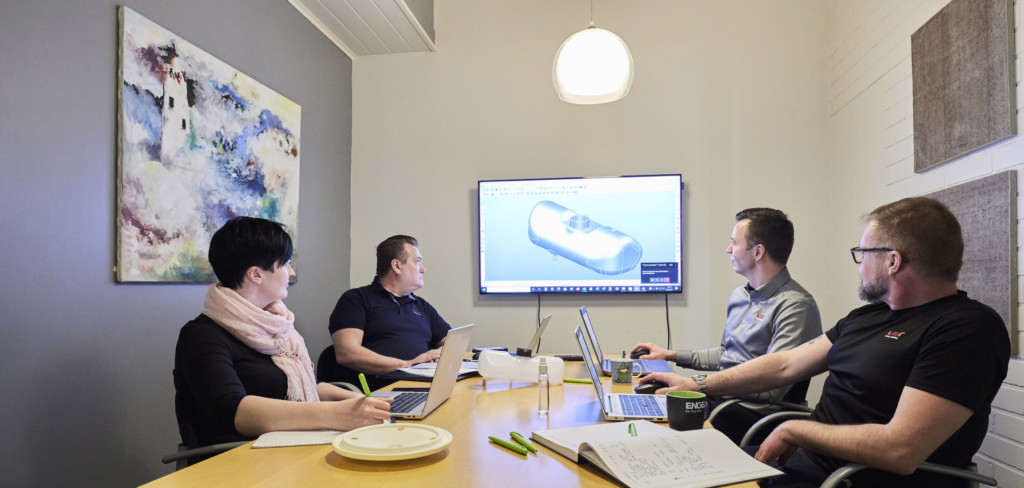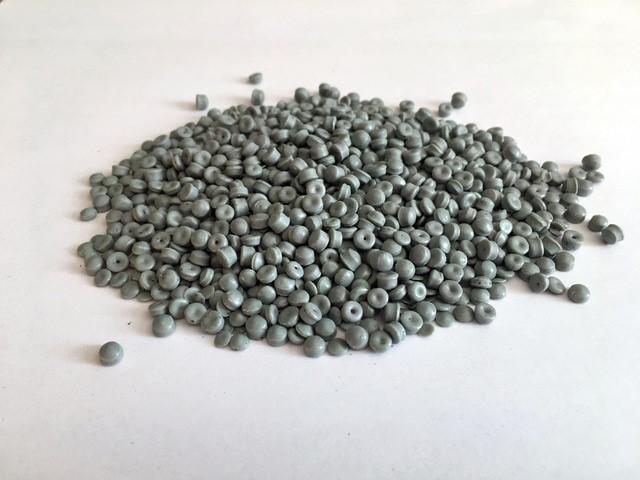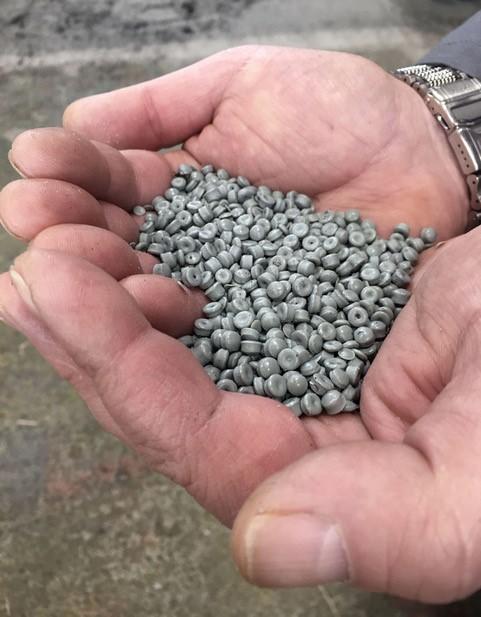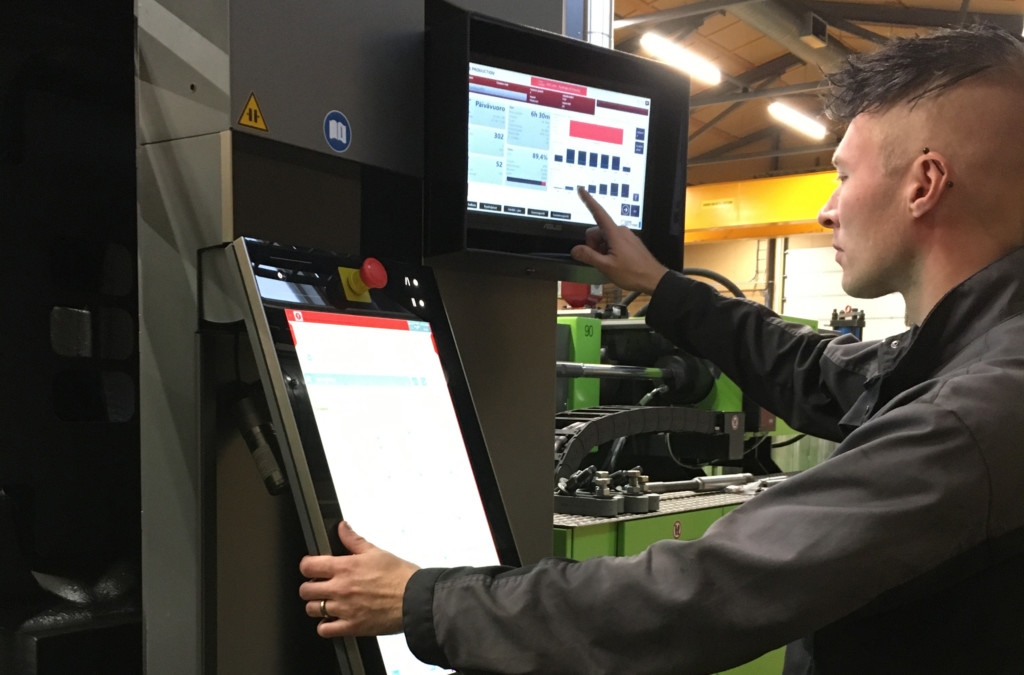Blow moulding is a cost-efficient and fast manufacturing method for plastic parts that is particularly well suited for the making of container-type pieces, but also of complex and varied plastic products. The cost-efficiency of blow moulding is achieved by the speed of the method, as it only takes a few minutes to make a part. Blow moulding often makes it possible to use recycled materials, which is already part of the core competence of VMT Plastic.

Blow moulding, and the more familiar method of rotational moulding, can often both be used for the making of similar plastic products. The decision of which method to use is often made in the design stage, as the different methods are best suited for different needs. Choosing the best manufacturing method is influenced by several factors.
“These include at least the size, production quantity, material, and of course design of the plastic product to be made. If choosing the manufacturing method gives pause, we will be happy to help,” says VMT Plastic Sales Manager Jere Olkkonen, who encourages designers to get in touch if they would like to hear about alternative manufacturing methods. Making the effort early is worth it, as choosing a different method can achieve significant cost savings.
“Blow moulding is clearly more cost-efficient when making products of certain sizes and in certain quantitities,” says VMT Plastic Production Manager Erkki-Jussi Lahtinen, who emphasises the benefits of choosing blow moulding when the production volumes are in the range of some hundreds to tens of thousands of pieces per year.
“When making suitably sized pieces in this range, blow moulding is almost certainly the most affordable method of manufacturing.”
Mould costs depend on the method of manufacturing
In technical blow moulding, a tubular piece of heated plastic is placed in the product mould. The mould is then closed and air is fed into the tube at a suitable pressure, causing the plastic to compress against the mould. The piece is cooled down, the mould opened, and the piece is ready for finishing.
“Making the moulds needed in the manufacturing of plastic products is often an initial investment,” Olkkonen says.
“The initial costs of blow moulding can be lower than those of for example rotational moulding, as the making of a 50,000-piece batch may only require one mould, whereas in rotational moulding this would require several moulds.”
Functional plastic parts are designed in close partnership
Blow moulding is a precise manufacturing method that is particularly well suited to various rounded shapes with specified wall thicknesses. Blow moulding guarantees seamless and durable products that are excellent for applications such as fuel and hydraulic tanks, air duct systems, and various shields and guards.
The manufacturability and functionality of VMT Plastic products are in a class of their own, as blow moulded products can be made with details such as threads or quick couplers that are compatible with couplers already on the market.
“We are more than just a blow moulding business. Our expertise in injection moulding and assembly makes it possible to produce more complete products, and this is naturally reflected in our turnaround times and costs,” Lahtinen says. The experts at VMT Plastic know well what kinds of shapes and surfaces can be achieved with blow moulding and how products should be designed. Even here, the best results are achieved by teamwork.
“We often like to involve the customer in the design process. We give ideas for developingthe design and capabilities of the product if we can see that small changes would make the product suitable for blow moulding, thereby improving its cost-efficiency and ensuring its quality as well,” Olkkonen says.
VMT Plastic also provides an in-house design service, which assists with drawings and modelling where necessary, avoiding the need to employ third-party design offices.
From wild ideas to finished products
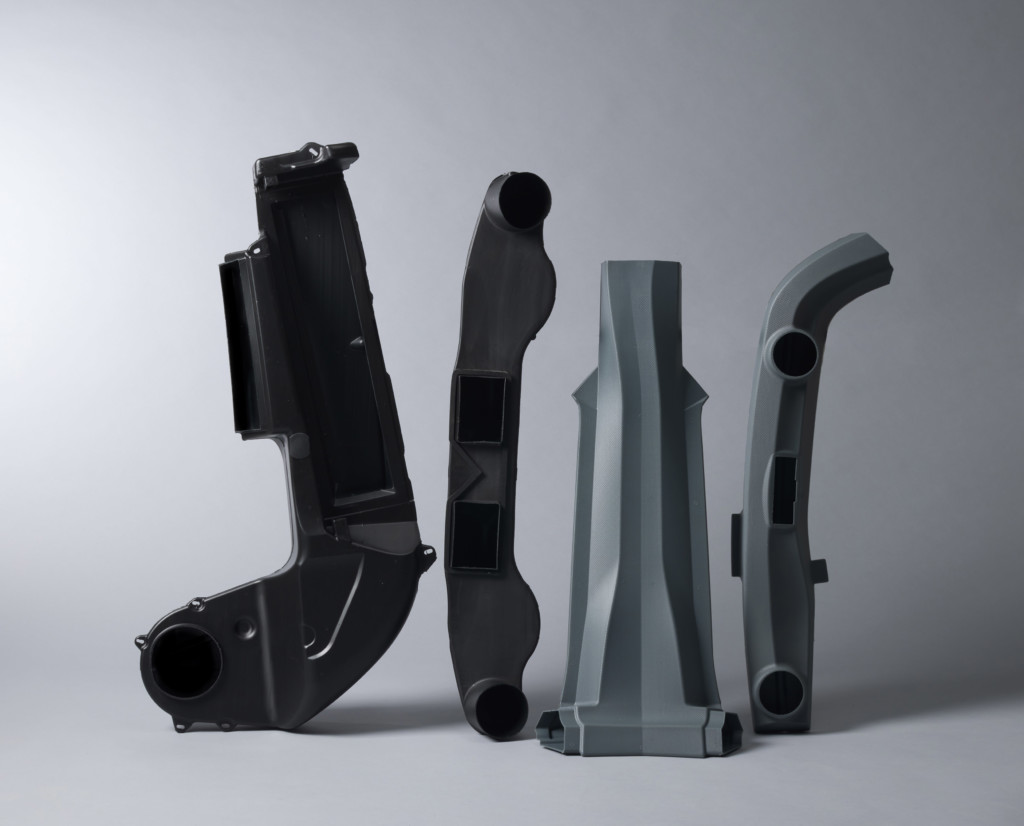
Olkkonen and Lahtinen would like to remind everyone that VMT Plastic has the ability and willingness to work with even relatively wild ideas. No matter what the plan is, it is worth it to contact the people at VMT Plastic.
“Blow moulding makes it possible to create even highly complex plastic products. This means that all kinds of shapes are possible, and the method is very flexible. We enjoy a challenge, but we are also not afraid to let you know if the shape or geometry of your product should be changed or if another method would be better suited for you,” Lahtinen states.
“We want the best for our customers, and one aspect of our customer service is our in-house mould maintenance service, which is top notch. Regular pre-emptive maintenance plays a big role for both machines and moulds.”
When to choose blow moulding by VMT Plastic?
When your product is
VMT Plastic blow moulding is a combination of




